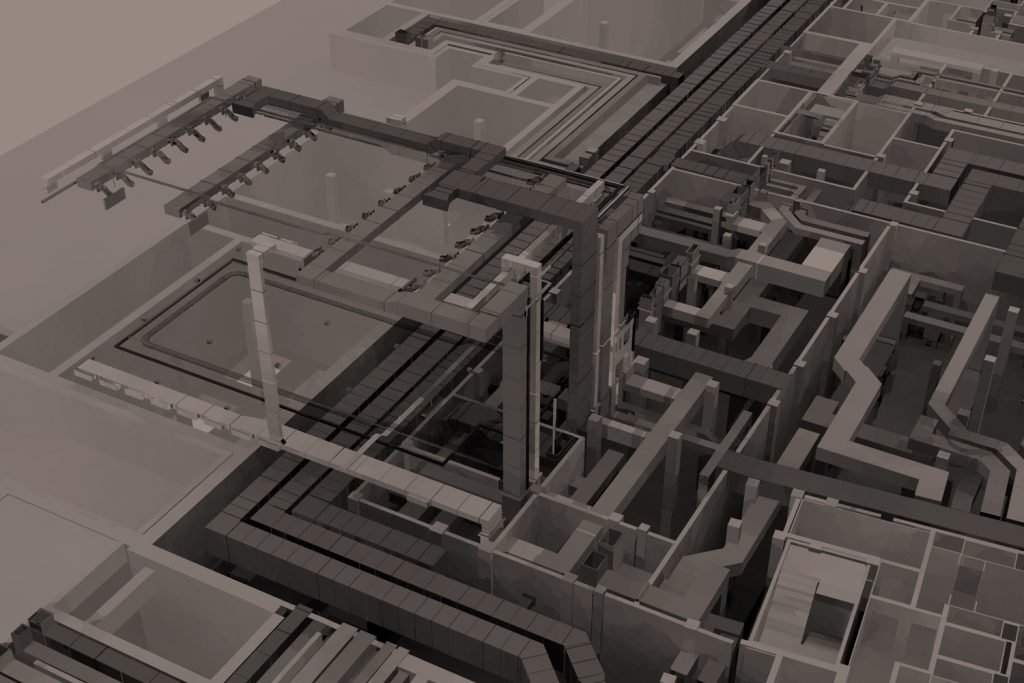In the ever-evolving landscape of construction, the adoption of Building Information Modeling (BIM) has emerged as a transformative force. Initially utilized primarily in architectural and building projects, BIM has now expanded its horizon to encompass infrastructure projects, offering a plethora of benefits that streamline construction processes, enhance collaboration, and optimize project outcomes. In this blog, we delve into the significance of Infrastructure BIM services and how they are revolutionizing the construction industry.
Understanding Infrastructure BIM Services
Building Information Modeling (BIM) is a digital representation of the physical and functional characteristics of a facility. It enables stakeholders to visualize a project’s key elements, simulate its construction process, and efficiently manage its lifecycle. Infrastructure BIM services extend this concept to infrastructure projects, including roads, bridges, tunnels, railways, and utilities.
At its core, Infrastructure BIM involves the creation of intelligent 3D models that incorporate data beyond just geometry. These models integrate information about materials, quantities, spatial relationships, and other relevant parameters. Consequently, stakeholders gain a comprehensive understanding of the project, facilitating informed decision-making at every stage of the construction lifecycle.
The Advantages of Infrastructure BIM Services
Enhanced Collaboration and Communication
Infrastructure projects often involve numerous stakeholders, including designers, engineers, contractors, and government agencies. Infrastructure BIM services provide a centralized platform where all stakeholders can collaborate in real-time, irrespective of their geographical locations. This fosters better communication, minimizes errors, and ensures that everyone is working from the same set of information.
Improved Design and Visualization
Infrastructure BIM models offer detailed visualizations of proposed projects, enabling stakeholders to explore different design options and assess their impacts before construction begins. This not only enhances design quality but also facilitates better decision-making regarding aesthetics, functionality, and sustainability.
Clash Detection and Risk Mitigation
One of the most significant advantages of Infrastructure BIM services is the ability to detect clashes and conflicts within the design early in the project lifecycle. By simulating construction sequences and analyzing the interaction of various elements, BIM software can identify potential clashes between different systems (e.g., utilities conflicting with roadways) and resolve them proactively. This minimizes rework, delays, and cost overruns during construction.
Quantification and Cost Estimation
Infrastructure BIM models contain detailed information about materials, quantities, and costs associated with the project. This enables stakeholders to generate accurate quantity takeoffs, estimate costs more precisely, and develop comprehensive project budgets. By having a clear understanding of project costs upfront, stakeholders can make informed decisions to optimize project outcomes and maximize return on investment.
Asset Management and Lifecycle Planning
Beyond construction, Infrastructure BIM models serve as valuable assets for facility management and lifecycle planning. By integrating data on maintenance schedules, equipment specifications, and warranties, these models enable owners to effectively manage and maintain infrastructure assets throughout their lifecycle. This proactive approach minimizes downtime, prolongs asset lifespan, and enhances overall operational efficiency.
The Future of Infrastructure BIM
As technology continues to evolve, the future of Infrastructure BIM holds even greater promise. Emerging technologies such as artificial intelligence (AI), augmented reality (AR), and the Internet of Things (IoT) are poised to further enhance the capabilities of BIM software, enabling more advanced simulations, predictive analytics, and real-time monitoring of infrastructure projects.
Conclusion
Infrastructure BIM services are revolutionizing the construction industry by offering unprecedented levels of collaboration, efficiency, and innovation. As stakeholders increasingly recognize the value of BIM in infrastructure projects, its adoption is poised to become the new standard, ushering in a new era of smarter, more sustainable infrastructure development. By embracing Infrastructure BIM, stakeholders can unlock new opportunities for growth, minimize risks, and build a better future for generations to come.
